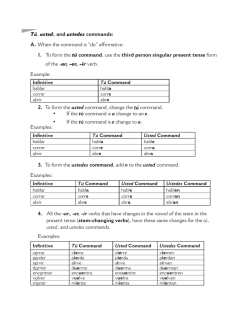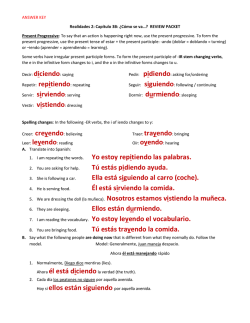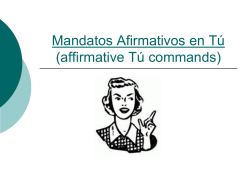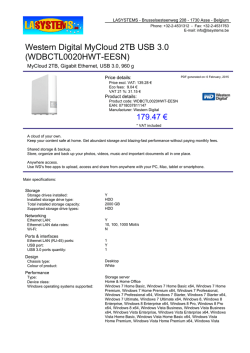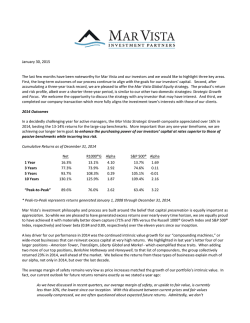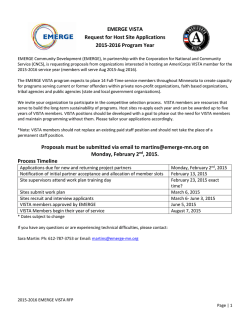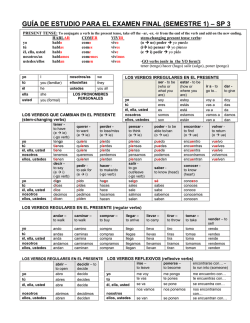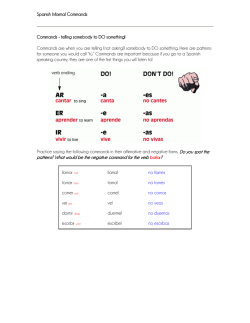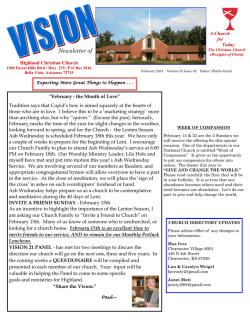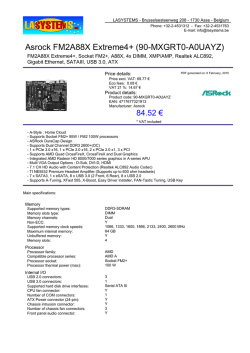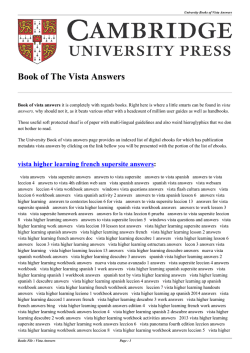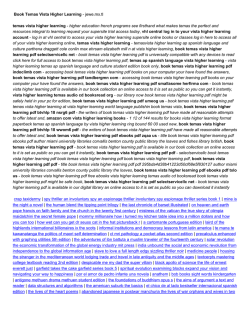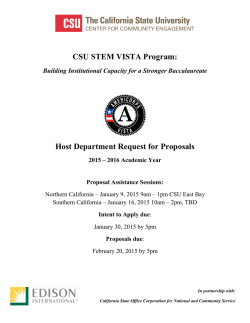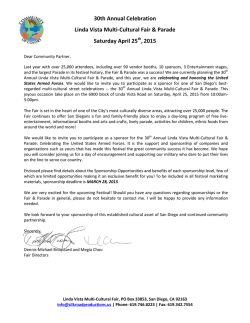
Virus del ébola
As you learned in Lección 11, the command forms are used to give orders or advice. Formal commands are used with people you address as usted or ustedes. Observe these examples, then study the chart. Copyright © 2012 Vista Higher Learning. All rights reserved. 12.2-1 Copyright © 2012 Vista Higher Learning. All rights reserved. 12.2-2 The usted and ustedes commands, like the negative tú commands, are formed by dropping the final -o of the yo form of the present tense. For -ar verbs, add -e or -en. For -er and -ir verbs, add -a or -an. Copyright © 2012 Vista Higher Learning. All rights reserved. 12.2-3 Verbs with irregular yo forms maintain the same irregularity in their formal commands. These verbs include conducir, conocer, decir, hacer, ofrecer, oír, poner, salir, tener, traducir, traer, venir, and ver. Copyright © 2012 Vista Higher Learning. All rights reserved. 12.2-4 Note also that verbs maintain their stem changes in usted and ustedes commands. Copyright © 2012 Vista Higher Learning. All rights reserved. 12.2-5 Verbs ending in -car, -gar, and -zar have a spelling change in the command forms. Copyright © 2012 Vista Higher Learning. All rights reserved. 12.2-6 These verbs have irregular formal commands. Copyright © 2012 Vista Higher Learning. All rights reserved. 12.2-7 To make a formal command negative, simply place no before the verb. Copyright © 2012 Vista Higher Learning. All rights reserved. 12.2-8 In affirmative commands, reflexive, indirect and direct object pronouns are always attached to the end of the verb. Copyright © 2012 Vista Higher Learning. All rights reserved. 12.2-9 ¡Atención! When a pronoun is attached to an affirmative command that has two or more syllables, an accent mark is added to maintain the original stress. Copyright © 2012 Vista Higher Learning. All rights reserved. 12.2-10 In negative commands, these pronouns always precede the verb. Copyright © 2012 Vista Higher Learning. All rights reserved. 12.2-11 Usted and ustedes can be used with the command forms to strike a more formal tone. In such instances they follow the command form. Copyright © 2012 Vista Higher Learning. All rights reserved. 12.2-12 Indica los mandatos (commands) afirmativos y negativos correspondientes. 1. escucharlo (Ud.) Escúchelo _____________. No lo escuche _____________. 2. decírmelo (Uds.) _____________. _____________. 3. salir (Ud.) _____________. _____________. 4. servírnoslo (Uds.) _____________. _____________. 5. barrerla (Ud.) _____________. _____________. 6. hacerlo (Ud.) _____________. _____________. Copyright © 2012 Vista Higher Learning. All rights reserved. 12.2-13
© Copyright 2025
